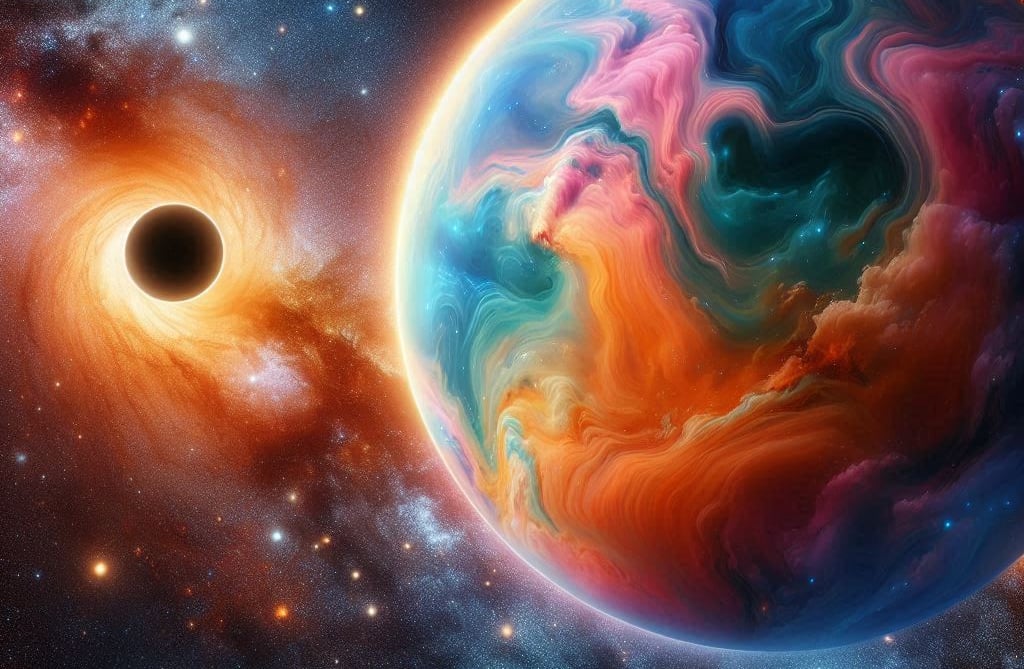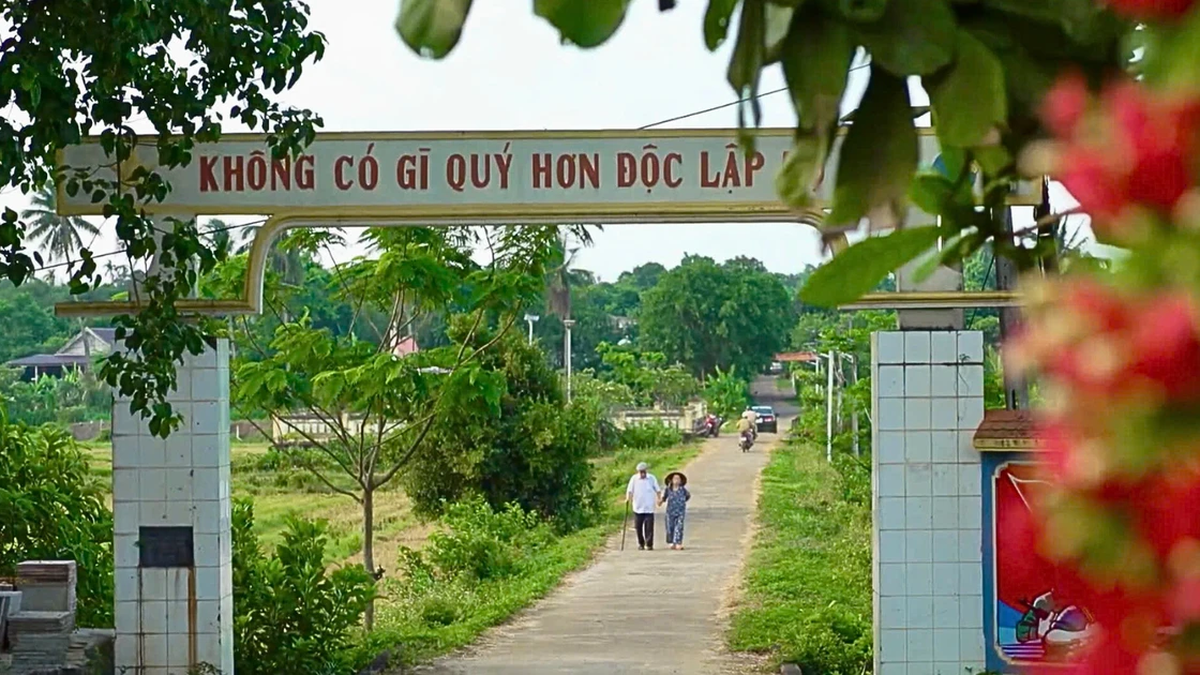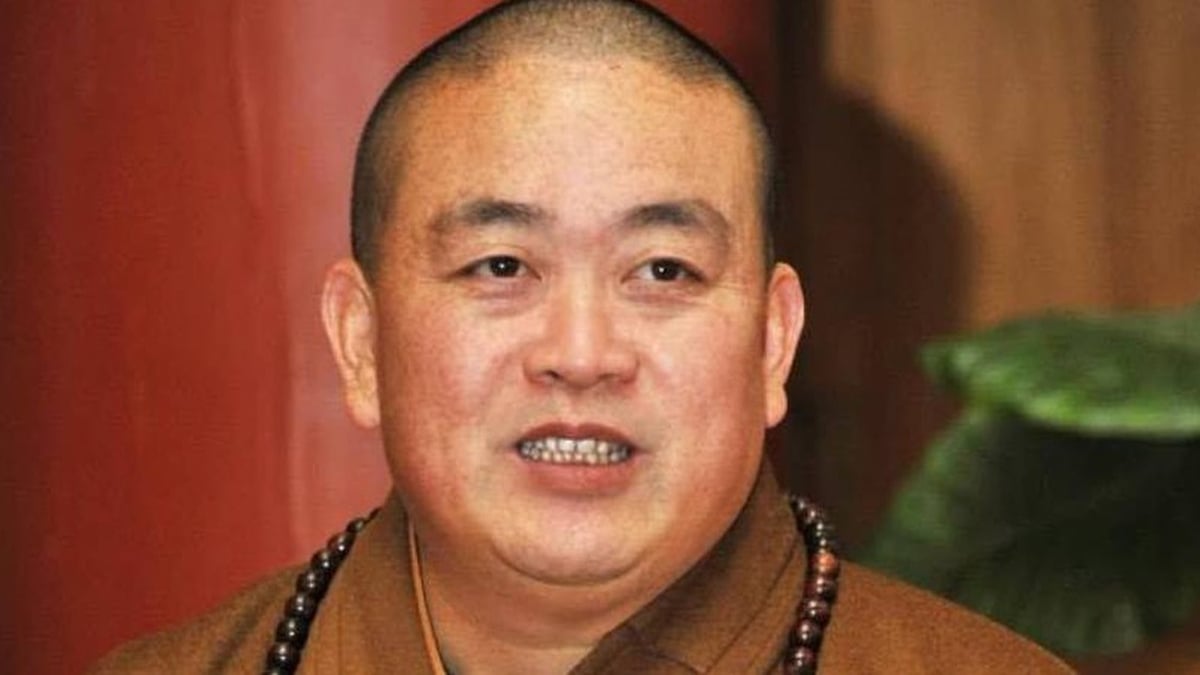(NLDO) - Life-bearing planets may be hiding in the most seemingly deadliest places in the galaxy.
An international research team led by the University of Exeter (UK) has just proven something shocking: Active monster black holes can nurture life, not kill it.
The discovery also suggests that scientists may have to reconsider how they select areas to hunt for potential life.

Life still has a chance to exist on planets relatively close to the center of the galaxy, where there are raging black holes - Illustration AI: Thu Anh
At the center of most large galaxies, including " data-gt-translate-attributes="[{" attribute="" tabindex="0" role="link">our own Milky Way, there is a supermassive black hole, a type of giant black hole often referred to as a monster black hole.
" data-gt-translate-attributes="[{" attribute="" tabindex="0" role="link">The Milky Way's black hole is currently dormant, while the black holes of many other galaxies that humans have observed are glowing brightly due to constant "feeding", called "active galactic nuclei" (AGN), emitting high-energy radiation throughout the galaxy.
" data-gt-translate-attributes="[{" attribute="" tabindex="0" role="link">Cosmic radiation is deadly to most plants and animals on Earth. But new research suggests it may have the opposite effect in some cases.
Through computer simulations, they found that the ultraviolet (UV) radiation of AGN can alter a planet's atmosphere to support or hinder life.
Like the Sun's UV rays, it is beneficial or harmful depending on how life on the planet is exposed to that radiation.
At a far enough distance, once life has become resilient enough to overcome the first hurdle as early life on Earth began to oxidize the atmosphere, radiation becomes less destructive and may even be a good thing.
“Once that bridge was crossed, the planet became more resilient to UV radiation and protected from potential extinction events,” the authors told SciTech Daily.
To verify this, the team also conducted another simulation, in which the young Earth was placed near a hypothetical AGN and exposed to radiation many times greater than that from the Sun.
Recreating Earth's oxygen-free atmosphere during the Archean (about 4-2.5 billion years ago), they found that radiation could have prevented life from developing.
But as oxygen levels rose through the activity of early microorganisms, approaching modern levels, the ozone layer developed enough to protect the ground below from dangerous radiation.
Therefore, the conclusion in The Astrophysical Journal indicates that planets residing in the region relatively close to monster black holes are entirely capable of being habitable.
Source: https://nld.com.vn/su-song-ky-la-da-ra-doi-nho-lo-den-quai-vat-19625033009305823.htm



































































































Comment (0)